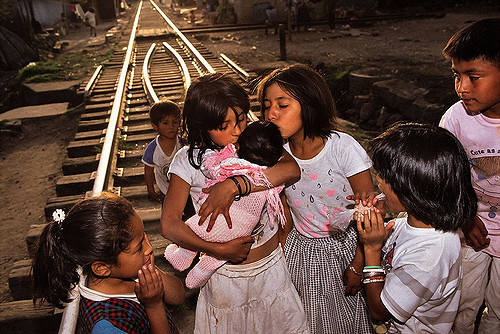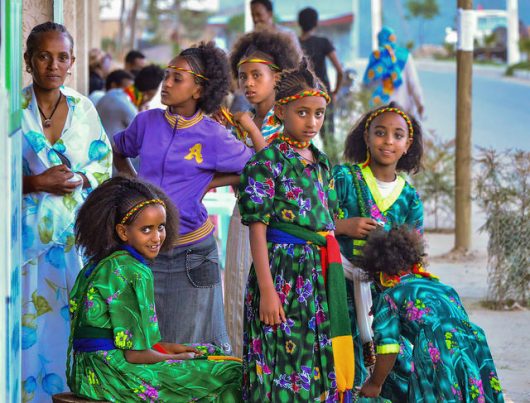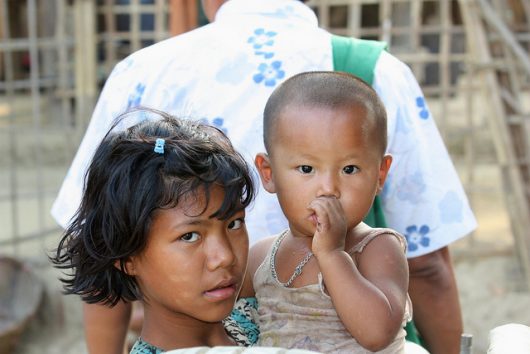
Child marriage in Mexico is more common than most people realize. In comparison to Mexico’s regional counterparts — specifically the United States and Canada — child marriage is a large problem that contributes to, and is caused by, Mexico’s poverty crisis.
Ages of Consent
In comparison to other NAFTA countries, the rate of child marriage in the United States — a much more densely populated country — is highest in West Virginia. Between 2000 and 2010, 248,000 children were married in the United States.
Canada’s data on this topic is not comprehensive; however, the government of Canada has taken massive steps to mitigate the problem of child marriage; in fact, most said marriages actually take place and are moved to other countries.
In Mexico, one out of every four girls is married before the age of 18. This is permitted by Mexican law, as the age of consent in Mexico is 14 years old (with parental consent). This is a striking difference compared to the U.S. and Canada, where the age of consent is averaged at 18 years in most parts of both countries.
Child Marriage in Mexico
Child marriage in Mexico is directly related to the pervasive poverty levels in Mexico, both in that the socioeconomic status causes child marriage, and child marriage, in turn, contributes to poverty levels.
The high levels of child marriage in Mexico are highly correlated with teenage pregnancy. Teen pregnancy is a large driver of negative economics and individual poverty.
Teenage pregnancy is highly correlated with not finishing education (which creates a lower likelihood of finding a stable career), a higher likelihood of ending up impoverished and increased healthcare costs.
Poverty’s Power
The main driver of child marriage in Mexico is poverty. The poverty in Mexico has caused unprecedented levels of violence, and many see marriage as a way of fleeing such brutality. Such behavior applies to the girls within the 20 million impoverished children of Mexico, as they often fall into the peculiar consent and marriage laws as a means to flee poverty.
Lack of job stability, education and political omission are all factors that drive the high levels of child marriage in Mexico.
Such a complex topic, which derives from various socioeconomic and cultural baggage, requires complex problem solving, of which the lack thereof perpetuates the moral crisis. Making recommendations to Mexican policymakers cannot just involve raising the age of consent, as various cultural factors also drive the state of affairs.
Methods of Mitigation
Actions to mitigate the problem of child marriage in Mexico started with the Mexican government outlawing the practice in 2014. This alone will not help; women’s empowerment must also go hand-in-hand when such legislation. Mexico’s Ministry of Public Education has joined with the Mexican Academy of Science and the Organization of Economic Cooperation and Development to promote STEM in girls’ education in Mexico.
The University of Texas at San Antonio is working with Mexican Universities to teach various concepts of STEM. The U.S. Mexico foundation has also taken up a program called “Mujeres en STEM” to encourage more women to be involved in the STEM fields.
Girls’ education in Mexico is improving slowly, and will ultimately lead to women’s empowerment and slow down the prevalence of child marriage in Mexico. Women are increasingly enrolling in universities, even with the current levels of insufficient gender equality.
Improvement in Female Education and Employment
Women are also seeking paid employment, and the fact that about 20 percent of senators have been female since 2006 suggests the influence of women in politics is also increasing. If such development continues, these efforts will work to help eliminate child marriage in Mexico.
Policymakers need to also take geography into consideration — poverty occurs in mostly rural areas, therefore most of the resources designed to mitigate the problem must be litigated toward these communities. As the late Christopher Hitchens once said: “The cure for poverty has a name: it’s called the empowerment of women.”
Mexico lacks sufficient women’s empowerment — women are told to drop out of school to assume household duties; rates of violence against women are high; and indeed many of these early marriages are forced. Promoting women’s empowerment will work for, as Hitchens also said: “it works everywhere it has been implemented”.
– Daniel Lehewych
Photo: Flickr


